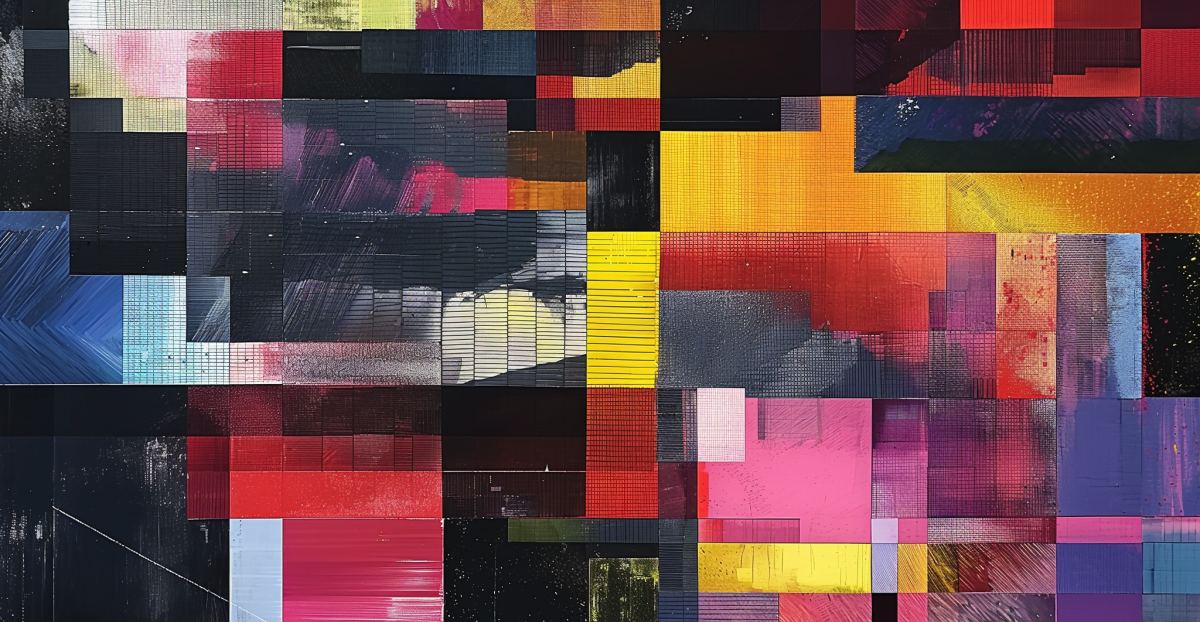
by Leonardo de Araújo, PhD
CEO & Co-founder @ fabular.ai
In the era of intensive digital transformation, the intersection of artificial intelligence (AI) and traditional storytelling in museums represents a significant cultural shift. The experiment conducted at Duke University’s Nasher Museum of Art [1], employing AI for art curation, illustrates well this new movement. This article explores the ramifications of AI in the context of museum storytelling, weighing its potential benefits against the intrinsic value of human curation.
Storytelling in museums is an art in itself, effectively bringing history and culture to life. Museums do more than just exhibit artifacts and paintings; they craft immersive narratives that resonate with viewers, linking them to various epochs and cultures. These narratives enhance our comprehension of significant historical events and past ways of life. In museums, storytelling goes beyond mere object exhibition, establishing a conversation between history and the modern world, thereby making these subjects relevant and accessible to a diverse audience. However, this traditional form of storytelling in museums is now being challenged by an emerging trend: the integration of data-driven technologies and generative AI. These advanced tools are beginning to alter the landscape of how stories are conveyed in museums, providing innovative and interactive ways to engage with history and culture, and promising to significantly transform the museum experience.
Generative AI and Data-Driven Narratives
In the Nasher Museum experiment at Duke University, OpenAI’s ChatGPT was used to organize an art exhibition. The process began with Mark Olson, a professor of visual studies, and Julianne Miao, a curatorial assistant, guiding ChatGPT to work with the museum’s collection of nearly 14,000 objects. They issued specific instructions to ChatGPT, such as selecting works based on themes of dystopia, utopia, dreams, and subconscious. ChatGPT efficiently searched through the collection, identifying artworks and developing a theme titled “Dreams of Tomorrow: Utopian and Dystopian Visions.” However, it showed limitations in understanding nuanced aspects of curation, leading to some errors like mistitled objects and unusual selections.
The Nasher Museum’s exploration of AI-curated exhibitions showcases how technology is changing the field of art curation. Although AI proved effective in handling data and selecting themes, it fell short in capturing the subtle insights and emotional depth often associated with human curators. This venture acts as a small-scale example of both the capabilities and restrictions of AI in art curation, emphasizing the vital role of human perspective and interpretation in this domain.
AI’s limitations in art curation become evident when considering its inability to comprehend the broader context in which art is created, a domain where human curators excel by considering historical, cultural, and political influences in a wider and deeper manner. This depth of understanding is crucial for enriching an exhibition’s narrative beyond superficiality. Additionally, the details in art—such as the artist’s technique, symbolic content, and societal impact—are often best interpreted by human curators, who can discern complex messages that AI might miss due to its reliance on explicit data. Moreover, the emotionally charged nature of art curation, which involves empathy and personal resonance with the artwork, is beyond AI’s capabilities. Human curators bring an emotional intelligence to their selections and presentations that AI cannot replicate.
While AI’s limitations in art curation are clear, it’s important to consider its strengths and potential contributions to the field. AI’s ability to handle vast amounts of data surpasses human capability, allowing for the analysis of extensive collections and artists’ oeuvres more efficiently than a human curator could. This capacity enables AI to uncover patterns and connections within the art world that might not be immediately apparent to human observers, potentially leading to innovative and unexpected thematic connections in exhibitions.
Harmonizing Human Expertise and AI in Museums
The rise of digital collections and data-driven approaches offers a new dimension to museum storytelling. AI can leverage these vast data resources to unearth less-known stories and provide alternative perspectives, creating Data-Driven Narrative Exhibitions. These exhibitions might not follow a traditional, linear storyline but offer a multifaceted view of collections, revealing themes or historical connections not immediately apparent. AI’s analytical power could provide fresh, insightful perspectives on museum collections, transforming the traditional storytelling approach.
As the employment of AI is coming to stay, the future of museum curation lies in a balanced approach, where AI tools are used to complement and augment the expertise of human curators. Such a collaboration could lead to more inclusive and diverse narratives, expanding the reach and relevance of museums. The integration of AI should aim to enhance the storytelling process, enriching the narratives without overshadowing the human element that lies at the heart of museum experiences.
Integrating AI into museum storytelling represents a significant step in the evolution of art curation. While it offers exciting possibilities for enriching and diversifying narratives, the human element still remains irreplaceable. The future lies in finding a harmonious balance where AI and human expertise coexist, ensuring that the stories told in museums continue to resonate with authenticity and emotional depth. The experiment at Nasher Museum serves as a valuable case study in this ongoing journey, illustrating the potential and challenges of this digital integration.
[1] Museum Curators Evaluate A.I. Threat by Giving It the Reins